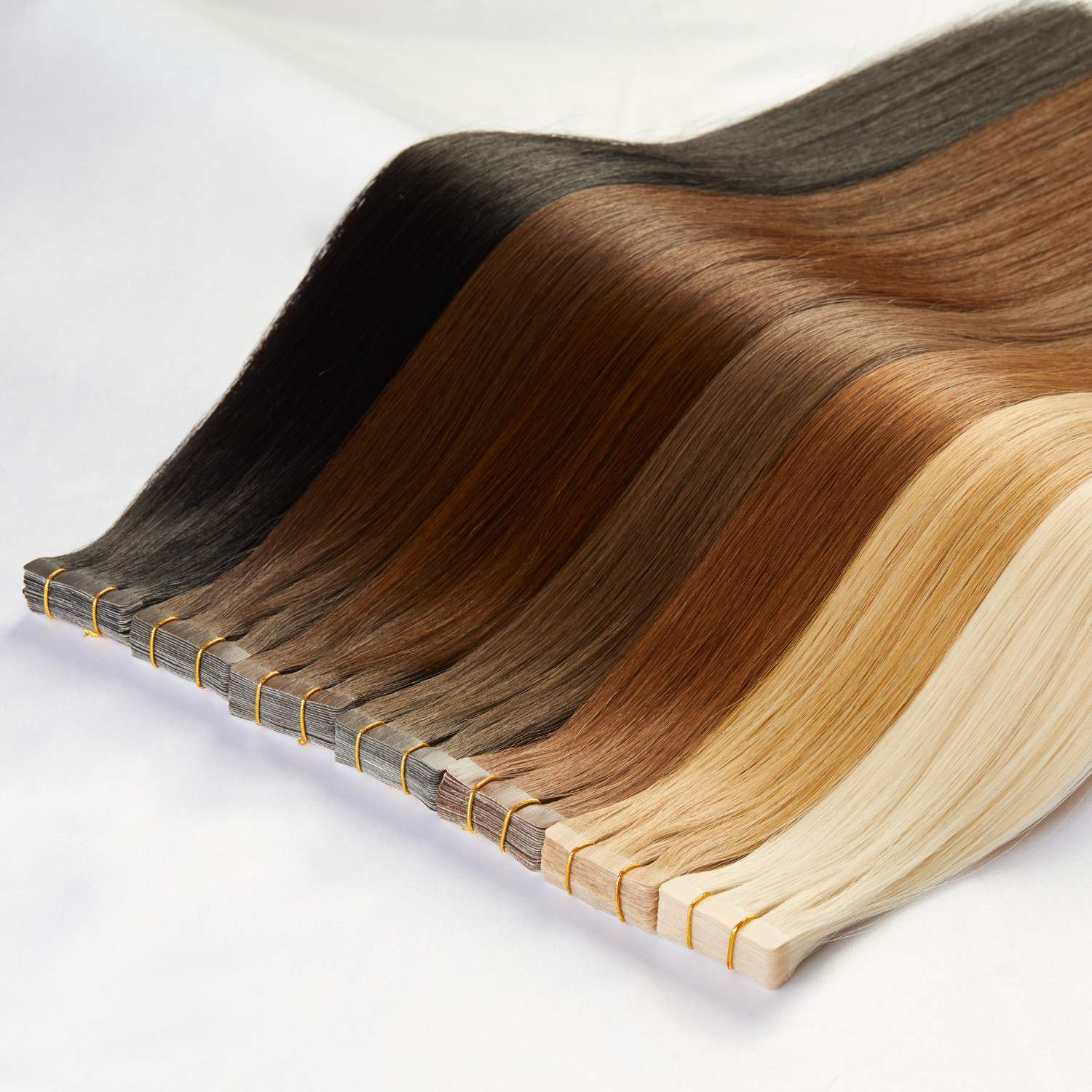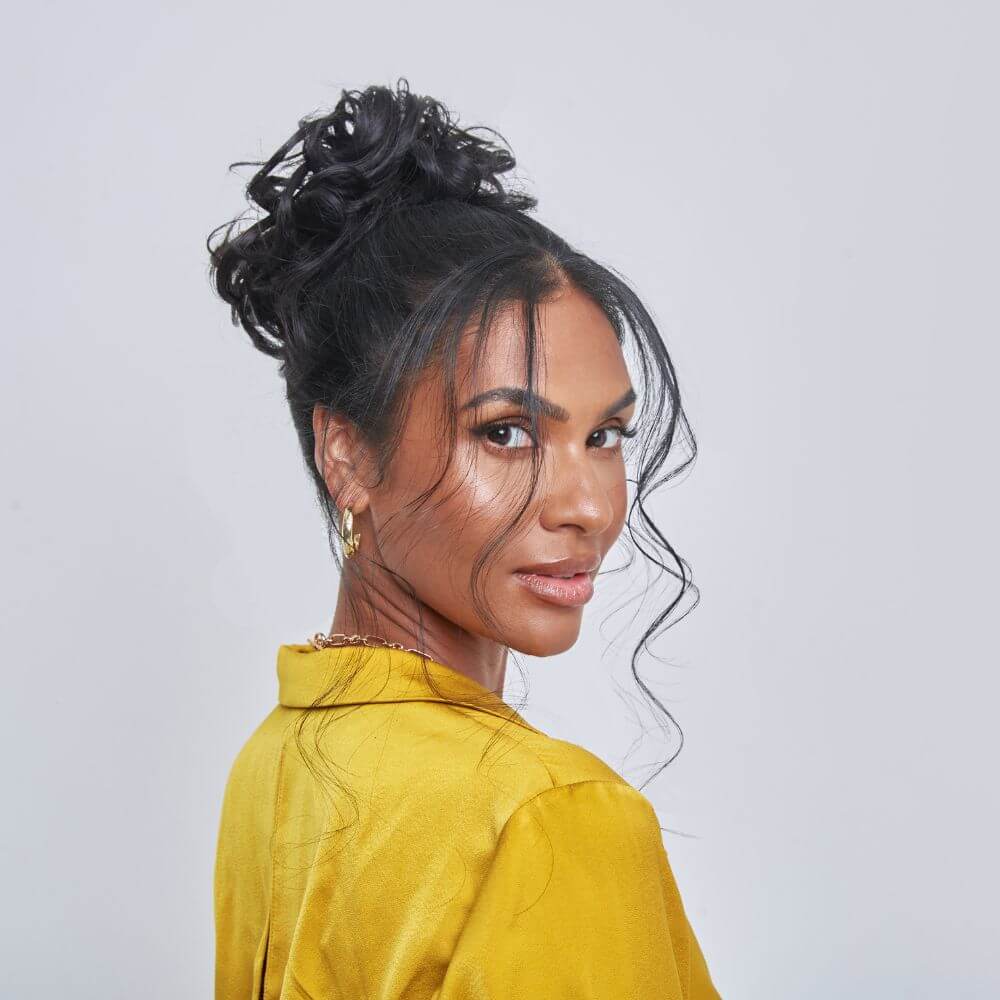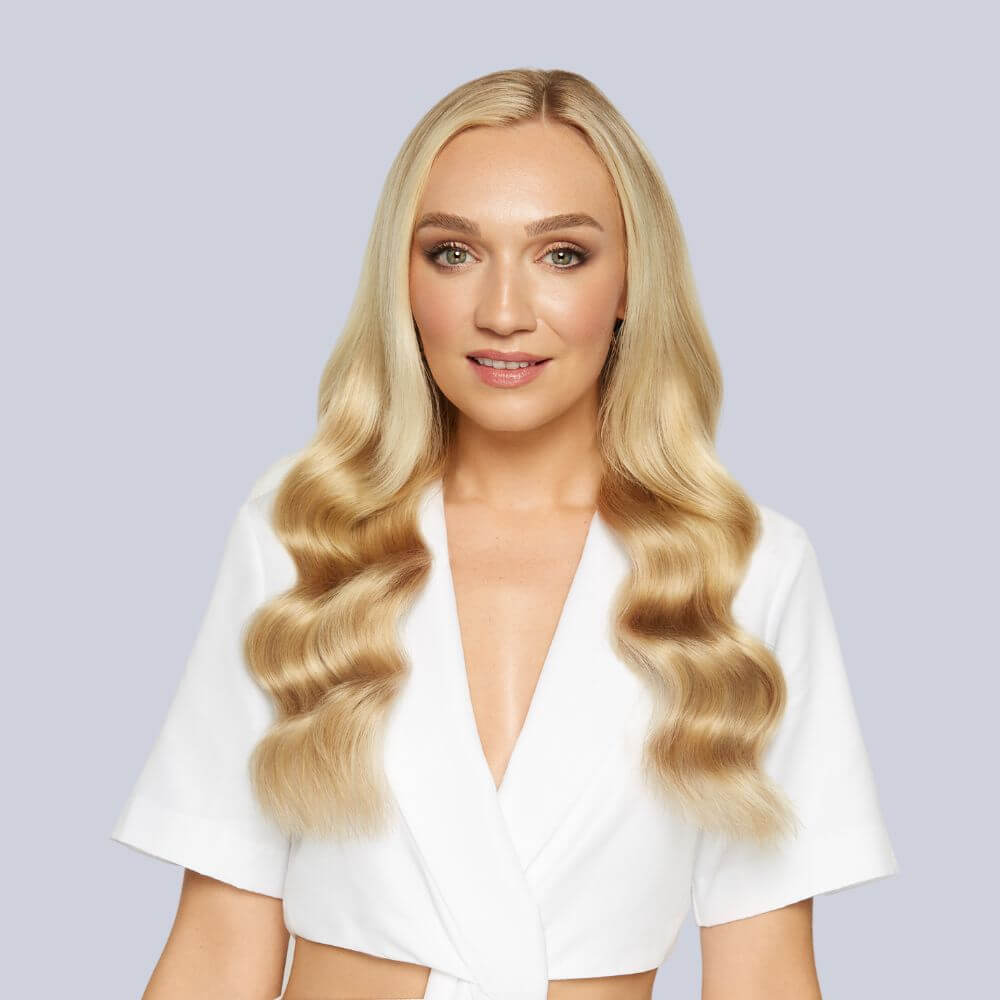We’ve all heard the horror stories of women going to get hair extensions installed and instead of long, luscious, voluminous locks, it results in damage, breakage and hair loss.
When you decide to make the leap and invest in hair extensions, you want to ensure that the method you choose is the safest one possible for your hair. Hair extensions should make you feel powerful and confident - not embarrassed or ashamed.
At Stranded Hair Group, we know the impact that hair can have on a woman’s confidence and self-esteem. Our brand is built on helping women feel like their best selves, whether that be through our everyday luxury hair extensions or our educational and informative blogs, just like this one.
In this blog, you will learn about the three least damaging hair extension methods, what damage hair extensions can cause and how, and top tips to prevent damage from occurring in the first place. By the end, you will feel confident in preventing hair damage and choosing both the best and the safest hair extension method for you.
Which hair extension method is the least damaging?
All hair extensions can damage your hair, regardless of their attachment method or whether they’re fitted by a professional. However, some hair extension methods are less likely to damage your hair compared to others.
Keep reading as we break down the three safest hair extension methods, and why they have been rated as such…

Clip-in Hair Extensions
Clip-in hair extensions are considered to be number one when it comes to being the safest and least damaging hair extension method.
Because clip-in extensions are attached at home and for only a short period of time (they should be removed daily), and they use small clips spread around the hair to hold the extension in place, they do not apply excess pulling or stress onto your natural hair.
However, in order to make clip-in extensions safe for your hair, you need to wear them properly. Learning how to gently install and remove your clip-ins, ensuring you remove them before sleep, shower and exercise, and taking breaks from them periodically will almost guarantee little risk of hair damage or breakage.
At Stranded Hair Group, we exclusively stock premium synthetic and 100% human hair clip-in extensions. Click here to Shop Stranded.

Tape Hair Extensions
Tape extensions are considered to be the safest and least damaging professional method of hair extensions.
Tape extensions are wide, thin and flat hair extensions that do not apply excess weight onto the hair, reducing the risk of tension damage. They can also be gently removed using an alcohol or oil-based solution to deactivate the adhesive, which removes the extensions without pulling or tugging the natural hair.
To ensure that tape extensions are as safe as they can be for you and your hair, you need to make sure that you have them installed, refitted and removed by a licensed, trained tape extension specialist and that you communicate with your specialist if you feel any discomfort.
We recommend North Professional Hair tape extensions.Click here to find a North-certified salon.

Weft Hair Extensions
Weft extensions, also known as sew-in extensions, are also considered to be one of the safest and least damaging hair extension methods. Whilst they can be easily bought by the general public, we categorise wefts as a professional method (as they SHOULD be fitted by a professional).
Weft extensions are installed by sewing the extension track into a small braid of natural hair. As the weight of the extension is on the braid, rather than on strands of natural hair, it puts very limited stress on the root or follicles - therefore limiting the risk of hair damage or breakage.
To prevent the risk of your weft extension damaging your natural hair, you should always make sure to have them fitted by a professional. Non-professionals may not know how to effectively braid and sew the extension into your hair, and end up unintentionally causing tension damage or breakage.
Shop our Stranded Original Human Hair Unclipped Weft Extensions, available in 14 and 18 inches.
What damage can hair extensions cause?
Hair extensions, regardless of their method, are attached to your natural hair. The weight from the attachment and any tension from pulling or removal can put pressure on the hair strands. This pressure can cause the hair to snap or fall out, and long-term tension is known to cause damage to the hair follicle, which can ultimately result in what is known as traction alopecia.
Traction alopecia is caused by constant pulling force on the hair at the root. When the hair falls out due to damage at the root and hair follicle, hair thinning and bald patches can occur and in extreme cases, some women’s hair struggles to recover afterwards.
Hair damage from hair extensions can only recover once any pressure on the hair is removed for several months. If you have experienced damage from hair extensions, you should immediately stop using them and give your hair a break. If you’re worried about hair damage or loss, please speak to your hairdresser and in more worrying cases, your doctor.

Image credits:Good Housekeeping
Top tips to prevent damage from hair extensions
Just because hair extensions can cause damage to your hair, it doesn’t mean that it isn’t preventable. Read our top tips for clip-ins and professional methods, so that you can prevent damage from hair extensions before they happen!
Clip-in extensions:
- Learn how to attach and remove your clip-in extensions correctly
- Remove your clip-in extensions daily
- Do not sleep, swim or exercise in your clip-in extensions
- Avoid over-excessive use and take breaks regularly
- Remove your clip-in extensions to wash - never shower in them
- Purchase higher-quality clip-in extensions for higher-quality clips
- Invest in clip-in extensions with a lighter weight if you have thinner hair
Professionally-fitted extensions:
- Always have your hair extensions fitted and removed by a professional
- Keep up with your regular maintenance and refit appointments
- Sleep and exercise with your natural and extension hair in a loose braid
- Take breaks from your hair extensions periodically
- Let your professional know if you are experiencing any discomfort
- Have as little as you need to be installed, as lower weight = lower risk of pulling
Least Damaging Hair Extensions
Ready to make the best choice for your hair?
You came to this article looking to learn what the safest hair extension method is.
Since reading, you have been advised to use either clip-in, tape or weft extensions - through a thorough explanation of why they are the least damaging hair extension methods.
You have also learnt about extension-related hair damage and how it can develop into traction alopecia, along with an extensive list of top tips to prevent clip-in or professional extensions from damaging your natural hair - even if we deem them safe!
But what now?
At Stranded, we’re dedicated to making women feel like their most confident selves. Whether it’s esteem-boosting extensions or self-affirming articles, we have the tools to make you feel your best!
Invest in safe hair extensions
As part of our commitment to your confidence, at Stranded, we only stock the least damaging methods of hair extensions - clip-ins and wefts. We have a wide range of premium synthetic and 100% human hair options, multiple styles, lengths, pieces and up to 33 multidimensional shades to choose from. Shop clip-ins and wefts, now!
Did you know that we also offer free expert colour-matching? Take the hassle out of finding your perfect shade and get in touch with our dedicated colour-matching experts, today!
Learn more with Stranded
If you found this blog helpful, check out more over on the Stranded Blog!
We have a host of articles all surrounding helping you find your perfect hair extension method, even if that isn’t clip-ins. These include:






























